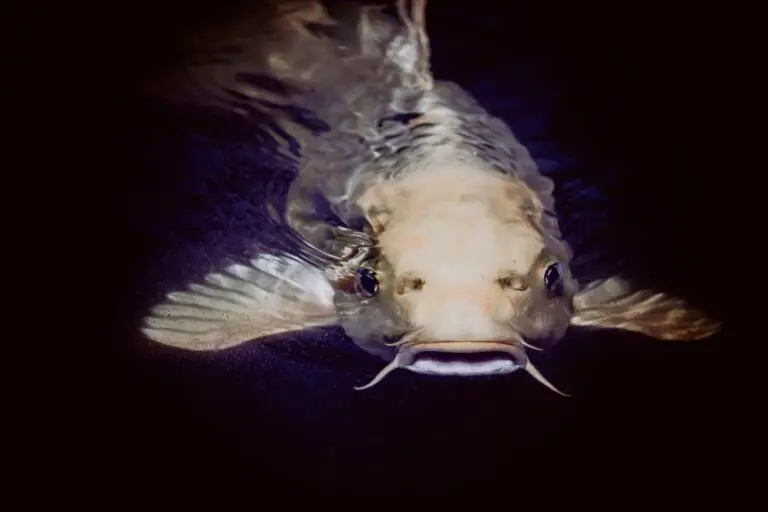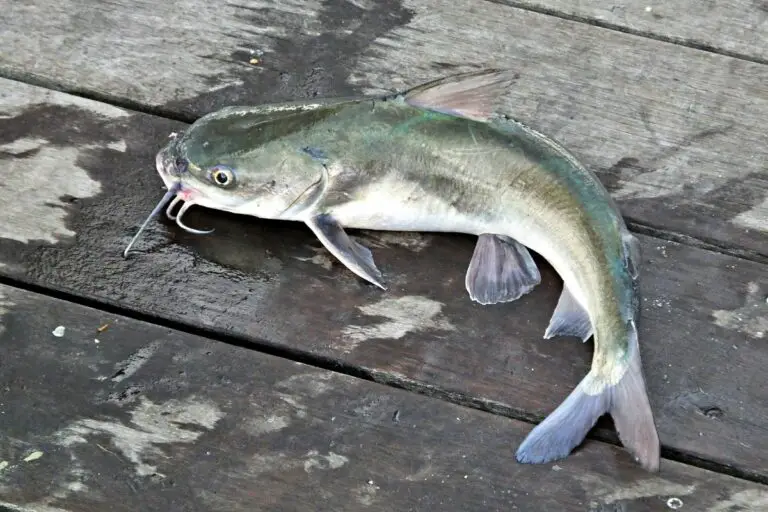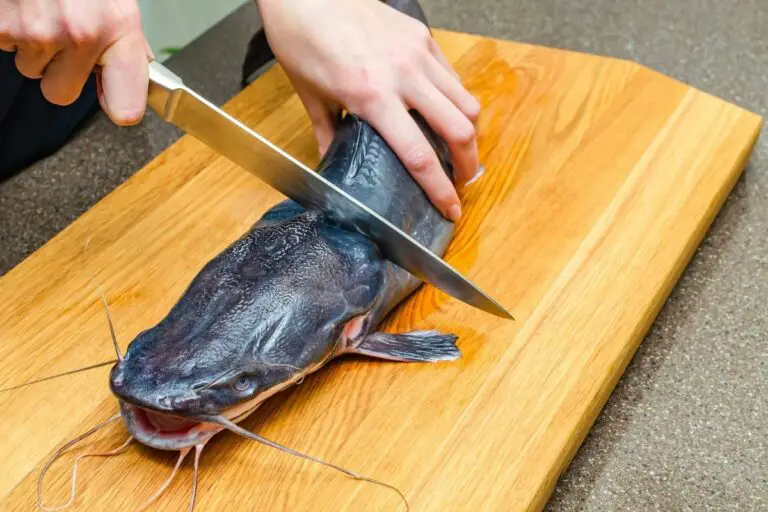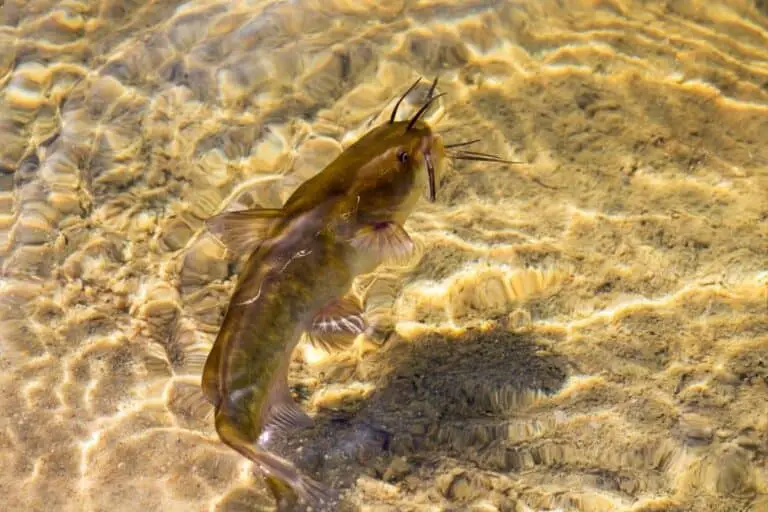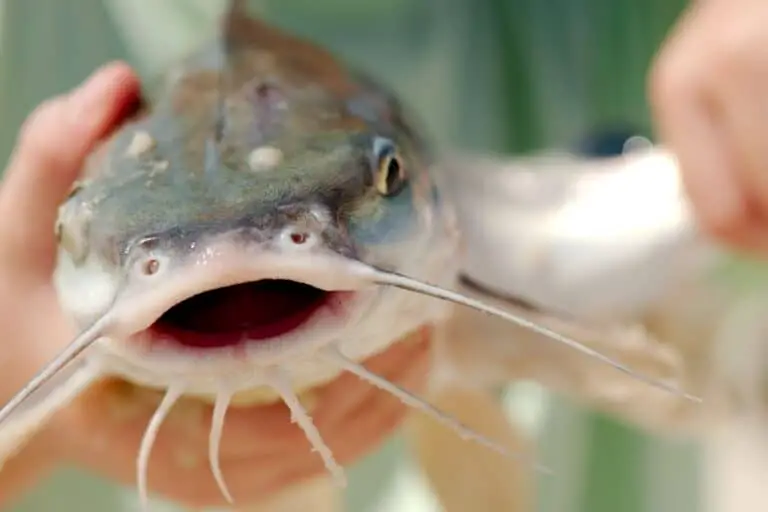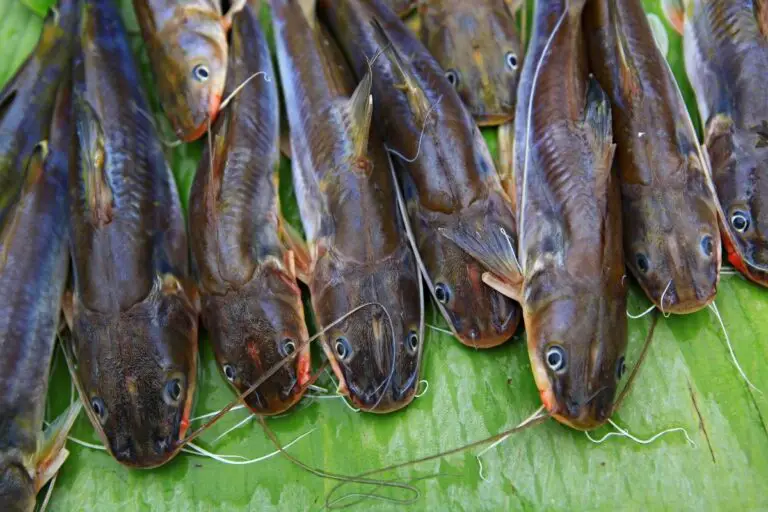Do Catfish Attack Humans? The Real Dangers of Catfish
When you think of dangerous fish in open water, your first thought would go to the ocean or vast seas. However, there are reports of injuries and deaths from freshwater fish happening worldwide.
There have been several claims over the years of giant catfish attacking humans and some were even found with human remains inside them.
So, do catfish attack humans? Catfish do not attack humans. However, catfish can be dangerous to humans if they’re not handled properly. That is because they have dorsal and pectoral fins with sharp spines that contain a unique venom that can cause severe injury if they accidentally puncture your skin.
Continue reading to learn more about the most popular claims of catfish attacks on humans and how to properly handle a catfish to avoid getting exposed to their venom.
If you are going fishing for Catfish anytime soon, you should also check out my guides for the best Catfish Rods here and the best Catfish Reels here to maximize your chances of success, I also get into some pro tips in these guides that you will definitely find useful.
Table of Contents
Would a Catfish Actually Eat a Human?

Despite what you may believe, tales of giant fish like catfish, anacondas, or piranhas attacking and eating humans are mostly a myth.
Let’s take a look at some of the most popular reports of catfish attacking or eating humans.
In July 1998, there was a report of a boy being mysteriously pulled underwater while his father was watching. There was an investigation led by an angler named Jeremy Wade from television’s River Monsters, who claimed that a catfish attack is a strong possibility but there was no way to confirm this as there was nobody to be found.
In September 2007, there was a report of a giant man-eating catfish (its body was 10 feet long and its head was more than 3 feet wide) that was found in the Guangdong reservoir in China. It was said that there were human remains inside the fish when it was cut up. However, it turned out to be a whale shark attack and the story had been a made-up
In October 2008, there was another large catfish that was caught in the Great Kali river, between India and Nepal. This “monster fish” was called a Goonch, it was about 6 feet long and lived in an area that was often used to dispose of human bodies after Hindu funeral rites.
That’s why it was claimed that the Goonch started taking live human victims by eating swimmers. However, there was no proof of this and eventually, it was found out that the swimmers were attacked by a Bagarius catfish which could not even have swallowed a child.
Another popular “monster fish” is the Wels catfish which can grow up to 16 feet long and weighs up to 660 pounds. This catfish can mostly be found in southern, central, and Eastern Europe in lakes and slow-moving rivers.
Like the goonch, the Wels catfish has an interesting history of reports about attacks on humans. It was claimed that this giant catfish has taken people underwater and after examining remains, researchers discovered that this fish eats humans after an attack.
Can a Catfish Kill a Human?
In order to answer whether a catfish can kill a human, you need to learn some basic facts about their anatomy.
New studies show that at least 1,250 species of catfish are venomous and most of these catfish species use their venom as a defense mechanism.
Catfish have whiskers coming out of the area around their mouth. They also have 3 spines contained in the dorsal and pectoral that are located behind the head of the fish on each side and also on the top of the fish.
These fins are soft if you touch them from the back. The main concern regarding being hurt is having one of the spines puncture your skin.
That is because the tips of the spines contained in the fins are pointed and very sharp, especially on smaller catfish. While it doesn’t hurt to touch them, it can be dangerous if the spines break your skin as they contain a venom that’s unique to catfish species.
This venom is known to cause a lot of pain and it can cause swelling along with a hemolytic which causes a rapid increase in blood flow in the area of the injury
So, if a catfish breaks the skin, it’s important to contact emergency services to avoid risking infections and severe blood loss. If your wound is left untreated, it will get worse and may ultimately lead to death.
How to Properly Hold a Catfish?
Catfish can be difficult to deal with for inexperienced anglers. The sharp spines contained in their dorsal and pectoral fins can make them significantly hard to land, unhook, and release (or keep) if you do not know how to handle them properly.
Smaller catfish are mainly what you need to be careful with because their spines are sharper. As the fish grow in size, their spines get much duller and the chance of being injured by them is greatly reduced. So, fish that are larger than two to three pounds are rarely a concern.
Let’s break down how to properly hold catfish of different size to avoid getting hurt.
Small Catfish
The preferred method with small catfish would be to hold the fish from the top and keep your hand placed directly behind the pectoral and dorsal spines. Make sure the area between your thumb and forefinger is resting behind the dorsal spine.
This method is ideal with fish that are small enough for you to get your hand around them and keep a firm. As the fish grow larger, this method will become more difficult.
Medium Catfish
Fish with sizes from one to two pounds up to seven or eight pounds can usually be handled in the same method as small fish.
However, this method only works until the fish reach a size that you cannot easily get your hand around. So, the best method for handling the fish you can’t get your hand around is using a “lip grip”.
Large Catfish
Getting injured by large fish is rarely a concern. You can usually scoop them up with a dip net and use lip grips to handle them during landing.
However, it’s still important to be careful when you stick your hand in the mouth of a big catfish, as their mouths can be much more dangerous than their fins.
Outdoorskilled’s Recommended Gear for Superb Catfishing
I’ve testeI’vezens of reels, rods, and lines for Catfishing, and after years of testing, here are my quick picks that will definitely improve your current setup and results!
My recommended reel is the Abu Garcia Ambassadeur Reel C3-7000 which is ideally suited for catfish.

The rod I always recommend is the KastKing Perigee II Fishing Rod. It’s lightIt’sht, durable, and affordable. Furthermore, you’d haveyou’dde selection of models to choose from, whether you’re looyou’reor a spinning or casting rod. Lastly, it comes in twin-tips models, which means you’ll be you’llg two rods rather than one.

What I use is the Berkley Trilene Big Game Monofilament Fishing Line as it’s the sit’sgest, toughest mono I’ve ever I’veed and because it has exceptional shock strength, great knot integrity, tremendous abrasion resistance, and a high-visibility color option, you really can’t findcan’ter options

Related Questions
Do Catfish Bite Humans?
Yes, catfish do bite humans. It’s most likely to happen while you’re noodling for catfish. When you place your hand in the catfish’s mouth, the catfish may clamp down on your hand. While they have sharp teeth, catfish bites are unlikely to cause any serious harm or rip your fingers off.
Are Catfish Whiskers Dangerous?
No, catfish whiskers are not dangerous. Touching them is similar to touching the whiskers on a dog as they’re soft and pliable. So, there’s definitely no need to worry about being stung or getting hurt by catfish whiskers.
Helpful Resources
Fishing for Catfish: The Complete Guide for Catching Big Channells, Blues and Flatheads
Resources for Catching Catfish Faster and More Easily
- Upgrade your gear with the best Catfish Rods here and the best Catfish Reels here
- You should also check out these perfect catfish rod and reel combinations here.
- Take your catfishing skills to the next level by checking this guide to catching Catfish
If you like this article, please share it or pin it, you can find the share buttons below. We will really appreciate it ❤️


